
Taurus long-range missiles: facts and technical features
Taurus missiles are a group of advanced long-range aviation cruise missiles made in Germany and Sweden. They're designed to hit targets with high accuracy, all while keeping the aircraft that launches them safe from the enemy's defense zone
Germany has been discussing for many months whether to give Ukraine the Taurus cruise missiles. In the past few weeks, reports about these missiles have been popping up everywhere. However, nobody has guaranteed that Ukraine's military will definitely get them. Espreso will explain the story behind their creation, their important features, and why having these cruise missiles matters for Ukraine.
Creation
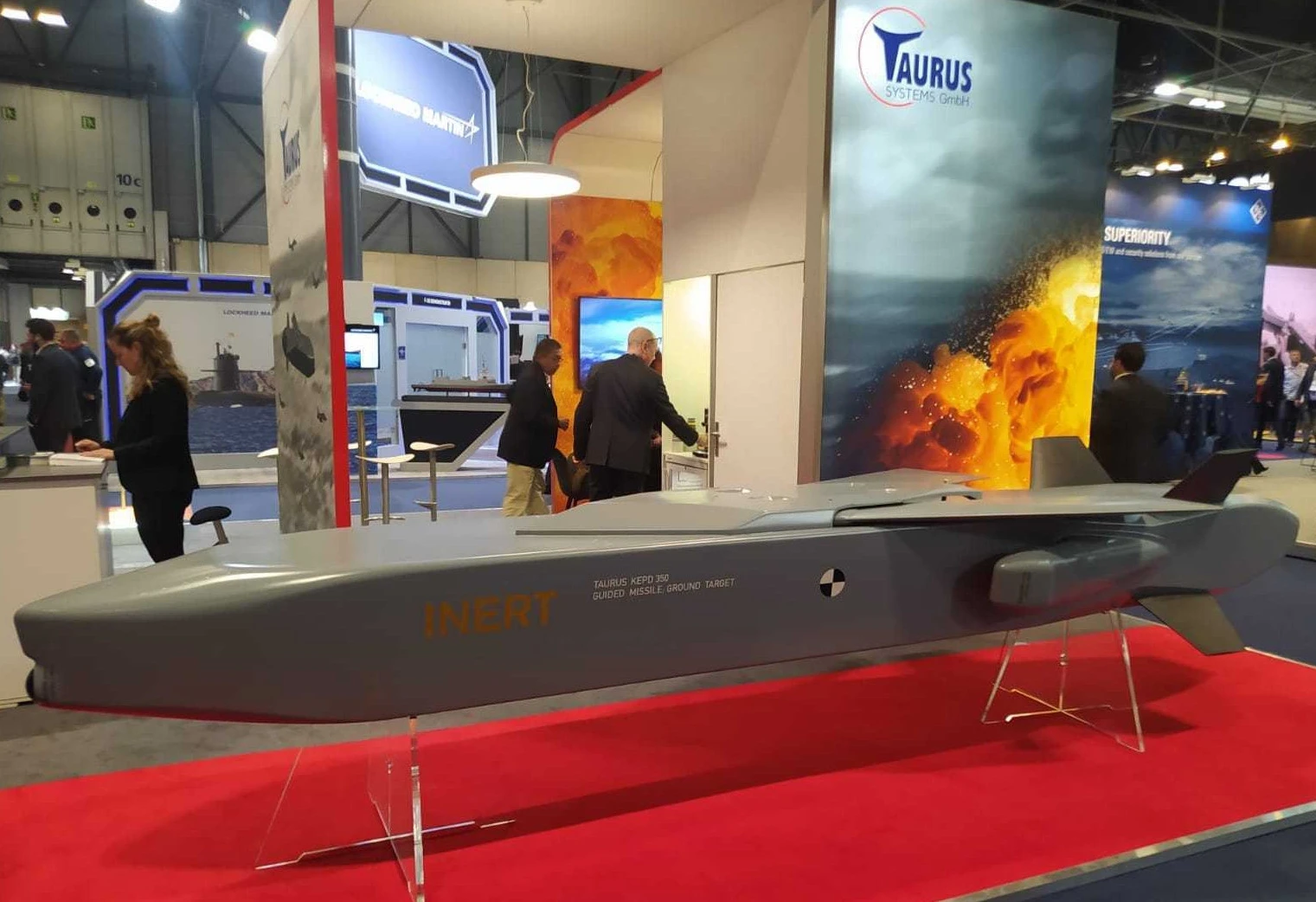
The Taurus missile was created under the name Taurus, which stands for Target Adaptive Unitary & Dispenser Robotic Ubiquity System. This missile was developed in the mid-1990s as a joint effort between the German company LFK (now MBDA Deutschland) and the Swedish company Saab Bofors Dynamics. Their main aim was to make a highly accurate missile for hitting faraway targets. Taurus came from the Swedish aviation cluster missile DWS39, which could only fly 8 km. The missile's first test flight happened in 1999, but it only started being made in large quantities in 2004. Making just one missile costs over 1 million dollars, and many hundreds have been produced.
Characteristics
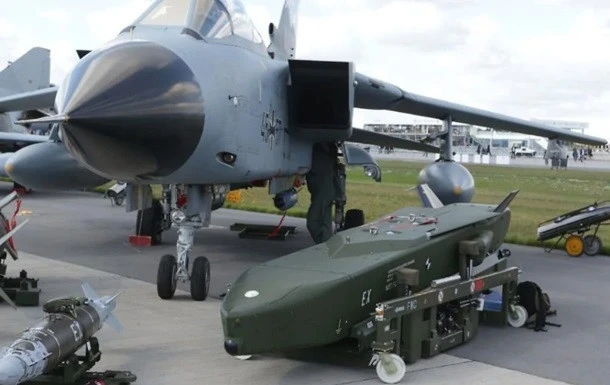
Taurus missiles were made for different military uses, like attacking important military and infrastructure targets.
These missiles have a Williams International P8300-15 turbojet engine (which has a force of 6.67 kN), and this gives them a speed of about 1000 km/h (subsonic). Depending on the version, there might be some small differences, but generally:
-
Weight: around 1.4 tons
-
Length: more than 5 meters
-
Diameter: more than a meter
-
How far they can fly: more than 500 km
-
How high they fly: between 30 to 70 meters
One special thing about them is that they can fly long distances even without GPS. They have their own navigation system that uses radar data to compare the landscape with known terrain information while they fly. As they get close to the target, they use an infrared homing head to guide them accurately to the final part of their flight. This makes sure they hit the target really well.
Modifications
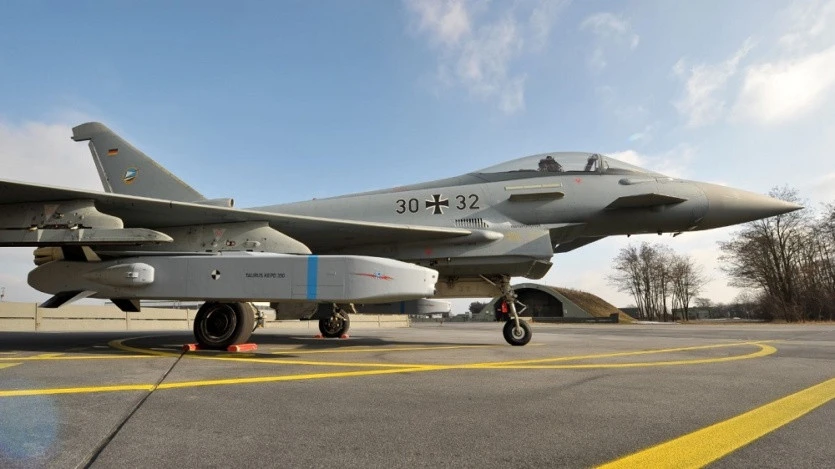
The Taurus missiles can be customized for specific aircraft. For instance, the basic Taurus KEPD 350A works with planes like the European Tornado fighter jets. The Taurus KEPD 350K is designed for F/A-18 Hornet aircraft, while the Taurus KEPD 350B is meant for Eurofighter Typhoon planes. There's also the Taurus T version, made to be dropped from military transport aircraft like the C-130 Hercules and Airbus A400M. Modifications exist for launching from containers too, whether from a truck or ship – known as Taurus CL. And there's another version called Taurus HPM that's designed to disrupt enemy information systems and energy sources temporarily.
In terms of its destructive part, it weighs around half a ton. Taurus cruise missiles can be armed with various types of warheads, allowing them to effectively target different kinds of objectives on the ground. The warhead options include the MEPHISTO tandem concrete breaker, a lighter version of it, cassette warheads, non-lethal warheads, and high-power microwave warheads. With this range, Taurus missiles can destroy various structures like bunkers, protected communication centers, airfields, ports, bridges, ammunition storage areas, and even ships.
Which countries have used them and where
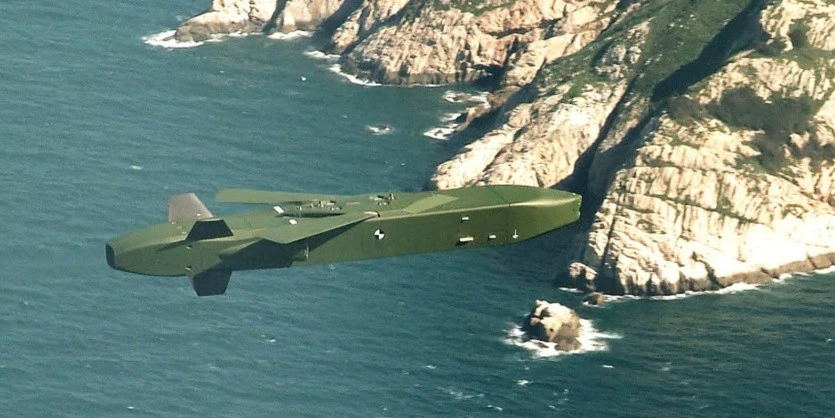
The main user of these missiles is the German Air Force, known as the Luftwaffe, possessing over 500 Taurus missiles in different versions. The Spanish Air Force also employs these cruise missiles, although their count is ten times smaller. Additionally, the South Korean military is equipped with more than 200 Taurus missiles.
There are rumors that Taurus missiles were possibly utilized during NATO military actions in the Yugoslav conflict and in Afghanistan, although these claims remain unverified. The only actual combat engagement of these missiles is linked to a test operation by the Spanish army in South Africa in May 2009. Furthermore, South Korean forces deployed Taurus missiles in 2016 to establish a preemptive defense system against North Korean missiles.
Similar missiles and alternatives
Several other cruise missiles share comparable purposes and features with the Taurus missile, including:
-
Storm Shadow (SCALP EG): This British-French air-to-surface cruise missile, developed by MBDA, is renowned for its accuracy and extended range. It is employed by various countries and aircraft.
-
AGM-158 JASSM (Lockheed Martin): An American cruise missile, known for its precision and range.
-
Penguin (Kongsberg Defense & Aerospace): A Norwegian air-to-ground cruise missile.
-
Delilah (IAI): An Israeli cruise missile with remarkable accuracy, adaptable for use from different aircraft.
- Kh-59 (Ovod): A Soviet-Russian air missile designed for attacking ground targets.
When will Ukraine receive the Taurus missiles?

The main issue in getting the Taurus missiles is that German government officials are afraid it might make the Russian leader start a bigger war. But history shows that giving modern NATO weapons has actually helped the Armed Forces destroy enemies better.
Ukraine officially asked Germany for Taurus long-range missiles in May. However, in late June, German Defense Minister Boris Pistorius said Germany won't give these missiles to Ukraine. In August, there was news that the Bundestag seemed to agree to give Ukraine the Taurus missiles. A few days later, a German news source, Spiegel, said Chancellor Olaf Scholz wants to modify the missiles so Ukraine can't hit Russian territory, excluding Crimea controlled by Russia.
Apart from the political issue, there's also a technical problem. They need to make these missiles work with our Soviet-style aircraft. But the Ukrainian military has already shown they can handle this, adapting similar missiles like Storm Shadow (SCALP-EG) to the Su-24M using parts from the Tornado attack aircraft.
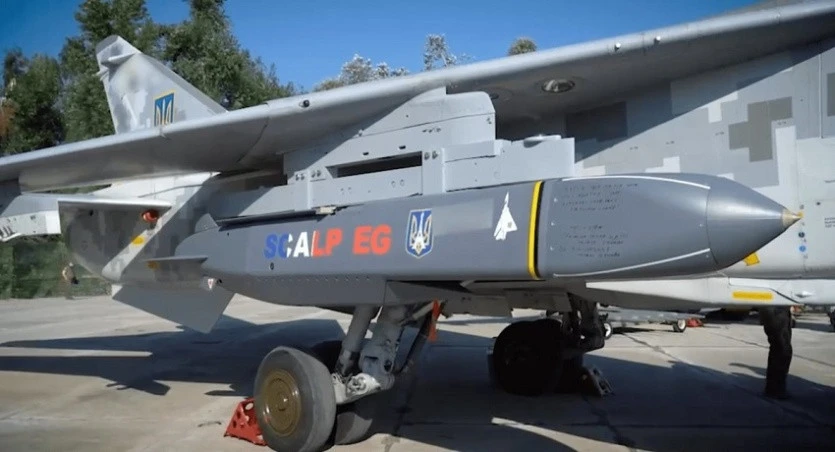
Also, it's important to note that Taurus missiles, unlike ATACMS, which we're asking the US for, aren't ballistic. We need Taurus to hit enemy facilities in the back areas of the Russian army in occupied territories. In other words, their job is to damage the enemy from within, not just at the front lines. However, it's possible that if we get ATACMS from the US, it might speed up getting Taurus. Unofficially, German officials are ready to give their missiles only when Washington officially says they'll give their long-range ATACMS.
- News












































